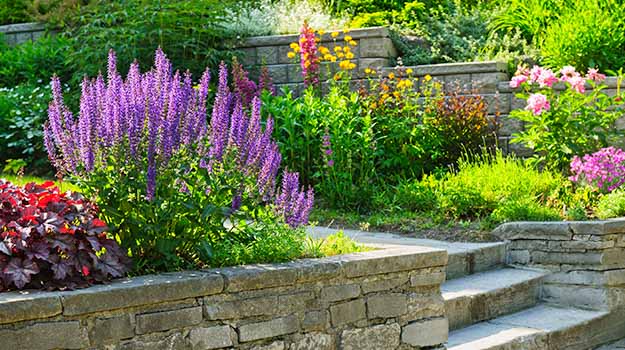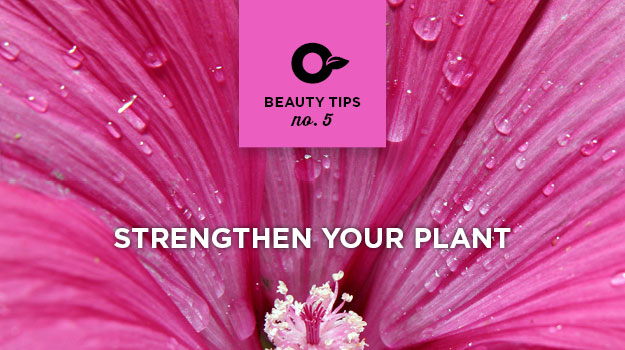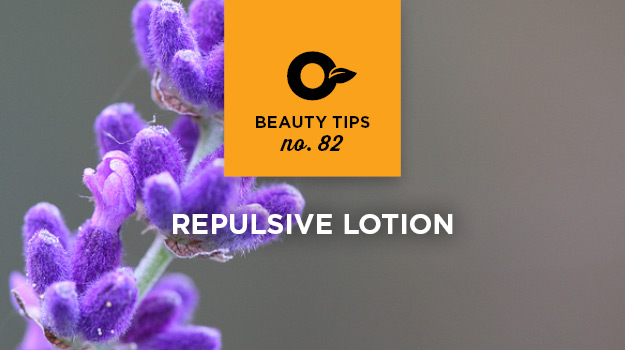
Consider your needs and wants before you jump into designing your garden. Do you need a place for kids to play? A quiet spot for reading or contemplation? A vegetable garden for growing food? A patio where you can entertain?
Take time to design a garden that accommodates your lifestyle. The following tips will help guide you along the basic concepts of garden design.
Think about your style preferences
Do you like a natural, more informal garden or is your dream garden orderly and well-manicured? Often, messier gardens are lower maintenance and more environmentally friendly, often attracting lots of butterflies and hummingbirds, as well as bees and other beneficial insects. Neat gardens, while attractive, tend to require more mowing, watering, edging, and pruning.
Consider location when designing your garden
For example, the west side of your house may not be the ideal location for picnics if summer sun makes the location uncomfortably hot. On the other hand, that sunny west side may be the ideal spot for a vegetable garden.
Start small and prioritize
Designing a garden is an ongoing process. It’s okay to have big ideas, but if you start too large, you’re likely to be discouraged (and tired) very quickly. Start with a small area, and then gradually expand year by year, or as time allows.
Consider the scale of things
A large house is well-suited for statuesque plants and spacious flower beds, but big plants may look completely out of place around a small house.
Don’t forget about foliage when planning your garden
While it’s natural to think about colorful blooming plants, foliage is the real backbone of the garden. Evergreen plants create year-round color, while deciduous plants may be absolutely glorious before they drop their leaves in autumn. Certain plants have attractive bark or bright red berries in the depth of winter. Hedges, trees, vines, shrubs and ornamental grass add style and privacy, often very quickly.
Begin with a focal point
A garden is easier to plan if you have an element to draw the eyesuch as a statuesque tree, an eye-catching shrub, a trellised plant or a sculpture. Some gardens have more than one.
Consider growing conditions when selecting plants
Does the plant need sun or shade? Should soil be dry, moist, rich or gravelly? These are all important considerations when designing a garden, and reading nursery tags carefully may save you from serious disappointment down the road.
Make good use of mulch
Mulch covers bare spots and looks pretty while you’re working on your garden design. Organic mulch, such as bark chips or pine needles, keeps soil moist and discourages growth of weeds.
Be a good neighbor
Be considerate and don’t plant a tree in a spot that blocks your neighbor’s view or drops tree litter in his or her yard. Life tends to be a lot more pleasant when neighbors are friendly and everybody gets along.



